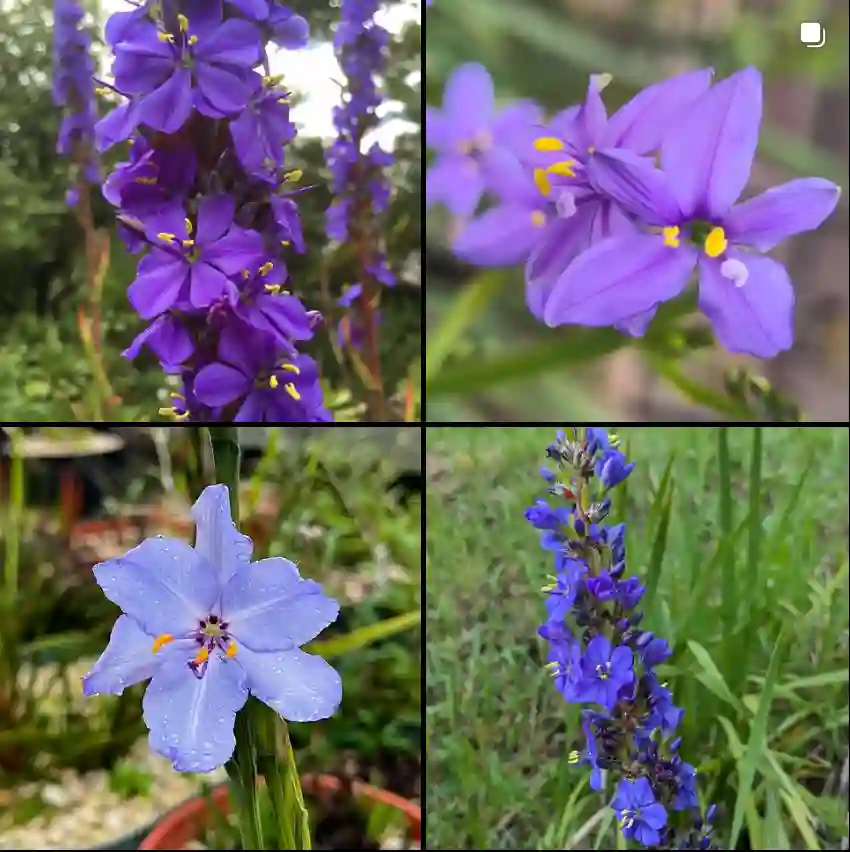The Laurel’s Lore: A Personal Exploration of the Laurus Genus
My name is Ferb Vu, and I’ve always been fascinated by the natural world, particularly the plant kingdom. There’s something about the diversity of forms, the intricate adaptations, and the sheer resilience of plants that captures my imagination. Among the many plant genera that have piqued my interest, the Laurus genus holds a special place. Perhaps it’s the historical significance, the culinary uses, or the simple elegance of these evergreen trees and shrubs, but I find myself drawn to them time and again.
Delving into the Laurus Genus
The Laurus genus, a member of the Lauraceae family, is comprised of evergreen trees or shrubs. These plants are characterized by their aromatic leaves, which have been used for culinary and medicinal purposes for centuries. The genus is native to the Mediterranean region, Macaronesia, and parts of Asia, but its cultivation has spread far and wide, thanks to its versatility and aesthetic appeal.
Species within the Laurus Genus
While the exact number of species within the Laurus genus is a subject of ongoing debate among botanists, there are three generally accepted species:
- Laurus nobilis: This is the most well-known species, commonly referred to as the bay laurel or sweet bay. It’s the source of the bay leaves used in cooking to impart a distinctive flavor to soups, stews, and other dishes. – Plant FAQs: Bay Leaf Plant – Laurus Nobilis
- Laurus azorica: Also known as the Azores laurel, this species is native to the Azores archipelago. It’s characterized by its larger leaves and a slightly more robust growth habit compared to Laurus nobilis.
- Laurus novocanariensis: This species, the Canary laurel, is endemic to the Canary Islands. It’s distinguished by its elongated leaves and a preference for humid forest habitats.
The Allure of the Bay Laurel
Of the three species, Laurus nobilis holds the most significance for me, both culturally and practically. The bay laurel has been revered since ancient times, symbolizing victory, achievement, and honor. In Greek mythology, the god Apollo is often depicted wearing a laurel wreath, and the plant was used to crown victors in the Pythian Games. The Romans also adopted the laurel wreath as a symbol of triumph, and it continues to be used in various forms today, such as in academic regalia and coats of arms.
Beyond its symbolic value, the bay laurel is a mainstay in my kitchen. I love the subtle, earthy flavor that bay leaves add to my cooking, and I appreciate the plant’s versatility. Whether I’m making a hearty beef stew, a fragrant chicken soup, or a simple pot of beans, a few bay leaves always elevate the dish.
Cultivating Laurus
One of the things I admire about the Laurus genus is its adaptability. These plants are relatively low-maintenance and can thrive in a variety of conditions. I’ve successfully grown both Laurus nobilis and Laurus azorica in my garden, and I’ve found them to be quite resilient. They prefer well-drained soil and a sunny location, but they can tolerate some shade. They’re also drought-tolerant once established, making them a good choice for water-wise gardening.
Propagating Laurus is relatively straightforward. It can be done through seed germination, but I prefer taking cuttings. I find that cuttings root readily in a moist potting mix, and they offer a quicker route to a mature plant.
The Future of Laurus
As I continue to explore the Laurus genus, I’m eager to learn more about its potential uses and its role in the ecosystem. Researchers are investigating the medicinal properties of various Laurus species, particularly their antioxidant and anti-inflammatory effects. There’s also growing interest in the use of Laurus in sustainable agriculture, as the plants can help to improve soil health and provide habitat for beneficial insects.
For me, the Laurus genus represents a fascinating intersection of history, culture, and practical use. It’s a reminder of the enduring connection between humans and the natural world, and it’s a source of inspiration for my own culinary and horticultural pursuits. I look forward to continuing my exploration of this remarkable genus and sharing my discoveries with others.
If i die, water my plants!



